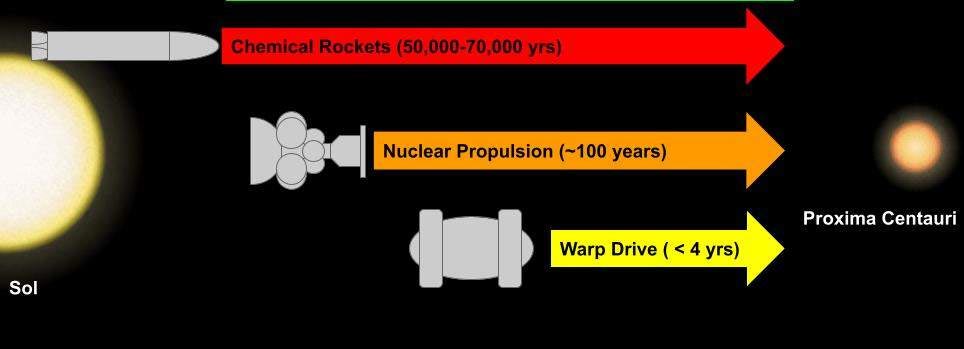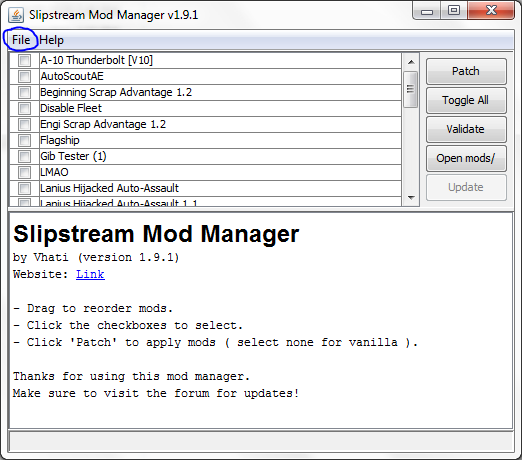

Now, you might say "wait, light takes a finite amount of time to travel. Their lines of constant time look like this: That's not too hard: lines of constant time for us are lines in the spacetime diagram parallel to the space axis. To do that, we need to know the lines of constant time for the ship.

Let's ask when the spaceship sees the various events in this diagram. But we will not draw that diagram here, as it's not necessary for the story.

It would have othogonal space and time axes, the light from the event would travel at 45 degree, and they would see Earth's axes highly skewed (pointing toward the left if I kept the same orientation as in this set of diagrams). Now, if I wanted to, I could draw the spacetime diagram of the spaceship in its frame of reference. It is the only way everyone can agree that light moves at c. This weird mixture of space and time of observers I perceive as moving is a necessary part of relativity. It turns out that the space axis is flipped across the 45 degree null line, but I'm not going to prove that. Relativity mixes up space and time, so their space axis I perceive as slanted - just like their time axis is skewed. In addition, they have a space-axis, just like I do. So I think their time axis is aligned with the ship trajectory. That time axis, like mine, is always where they are: on the ship. So they can draw their spacetime diagram, with their own time axis. The people on the relativistic spaceship think they are at rest. The Proximal Centaurians think they're at rest. Thus, we think we're stationary (ignore the rotation of the Earth, or its orbit around the Sun). Relativity tells us that everyone moving with constant velocity is totally justified in saying they are stationary. Here's where the relativistic effects start coming into play. It's moving with v>0, so it's trajectory on my spacetime diagram is highly skewed relative to my time axis: it's nearly moving at the speed of light. It's sci-fi, so we add a relativistic spaceship. So, to see the problem, let's add a new observer, moving at high speeds relative to Earth and Proxima Centauri. This only works when everyone is moving in the same frame of reference, like us and Proxima Centauri (really we're not in the same rest frame, but its close enough not to matter). After all, it is light, and light travels at 45 degrees on spacetime diagrams.īut we've forgotten relativity. Notice I've drawn the light rays from the event traveling at 45 degrees to my time axis. First we see the light, then the light reaches Proxima Centauri. The spacetime diagram for that would look like what I've shown. Now, let's imagine that some event occurs away from Earth, oriented in such a way that the light from the event hits us before it reaches Proxima Centauri. Thus, there are no big relativistic effects between our counting of time and the Proximal Centaurians. This is because Proxima Centauri is moving at essentially the same velocity as Earth (the differences are small compared to the speed of light). Again, this is what a FTL and slower-than-light set of communications would appear like in a spacetime diagram.Ĭritically, I've drawn the time axis for the Proximal Centaurians parallel to our own time. Let's consider a specific example: Let's say we on Earth have built a FTL communication device that let's us talk to the inhabitants of the planet Proxima Centauri B, 4.25 lightyears away. So now let me move from general spacetime diagrams to an example that will indicate why FTL implies time travel. This is the set of spacetime events that can perceive the event at t=0, and so, in a Universe without FTL, all the events that can be affected by whatever happened at this event at t=0. There is also a past lightcone, which would be the 45 degree lines extending backwards in time from the event: in a Universe without FTL this defines all the events that could have effected that t=0 event, because the light (and thus things moving slower than light) from those other events had time to reach the t=0 event.

The light rays define the future lightcone. Because light travels at 45 degrees, anything traveling slower than light from this t=0 event is closer to the time axis than the light rays, and anything faster than light is further away from the time axis. Remember I'm suppressing most of the space dimensions: these rays of light are really emanating out in a sphere around me. Here I'm showing the null lines of light emitted from an event at the time I'm calling t=0 (when the time and space axis cross). Light travels on lines that are called "null." We show this in a spacetime diagram by saying that every spacetime diagram has light traveling at 45 degrees relative to the time axis. The special thing about relativity is that everyone measures the speed of light to be the same.


 0 kommentar(er)
0 kommentar(er)
